Intro
Also called Hokkaido Horse, the Dosanko comes from the Japanese island of Hokkaido. They are a revered breed in Japan and one of the most plentiful ancient Japanese pony breeds.
Read more
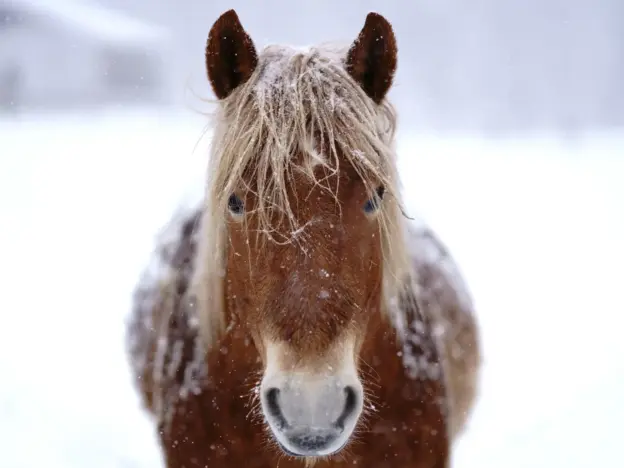
Also called Hokkaido Horse, the Dosanko comes from the Japanese island of Hokkaido. They are a revered breed in Japan and one of the most plentiful ancient Japanese pony breeds.
Read more
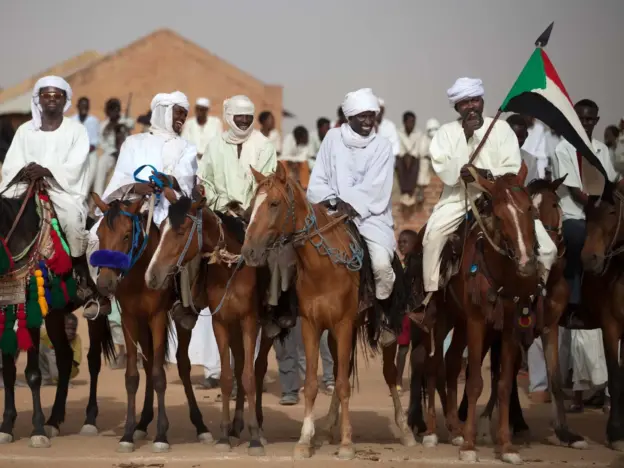
Also called the Dongolah and Dongolawi, the Dongala is believed to have come from the Dongala Providence in Sudan and thought to be a degenerate strain of Barb with Arabian influence. They are similar in looks and bloodlines to other breeds of West Africa who almost all fall collectively under the West African Barb category.
Read more

The Datong or Haomen breed of China dates back something like 4000 years and they are native to the Datong River basin in the northern Qinghai Province. This breed has been known for centuries for its physical connections to the Dragon Horse, a strain with exceptional powers of endurance.
Read more
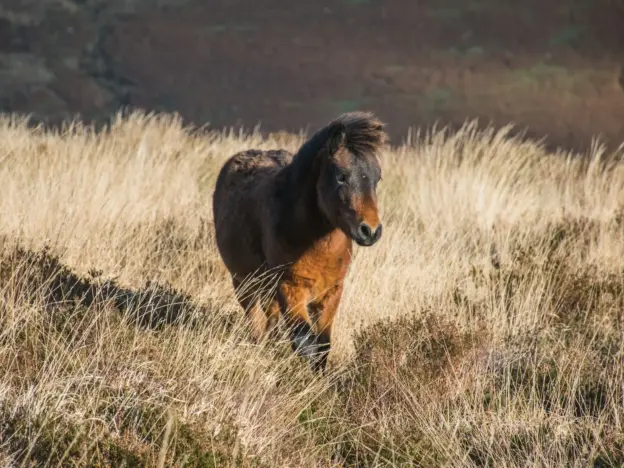
Ponies have been a part of the British landscape for over 10,000 years and their remains have been found all over the country. The United kingdom is a tiny land of surprisingly diverse, but very old pony breeds.
Read more
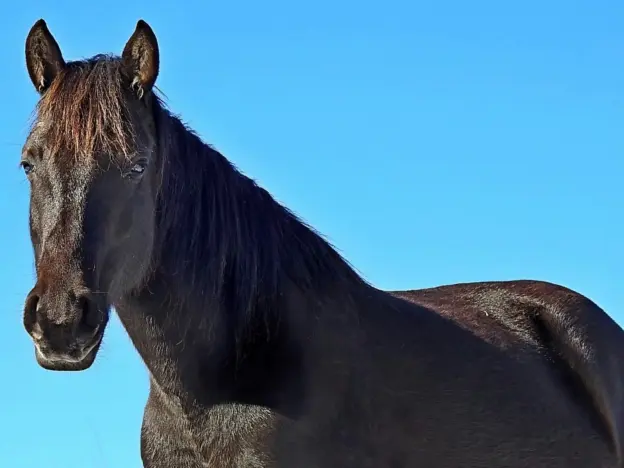
Also called the Dunav, the Danubian is a Bulgarian light draft breed that comes from Bulgaria. Low nutritional and management requirements made this a useful animal for farm work.
Read more
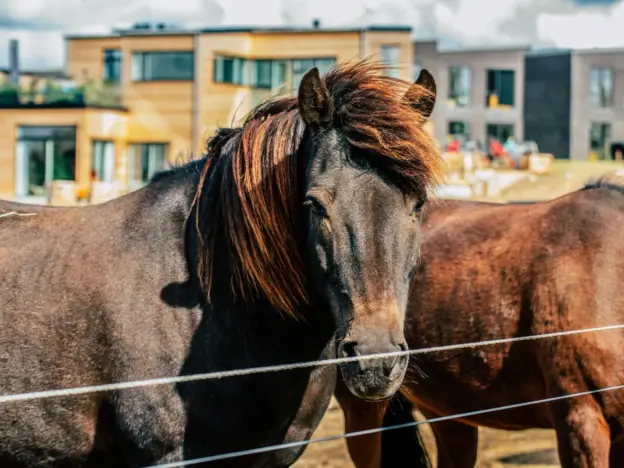
A common breed found in Denmark, the Danish Sport Pony has been the focus of serious work in Denmark during the last 30-40 years.
Read more
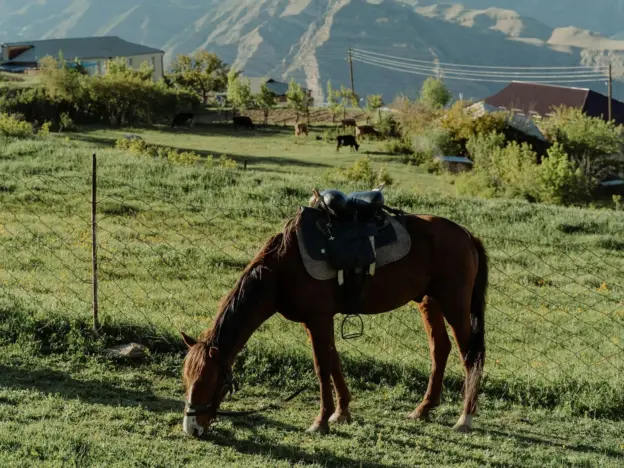
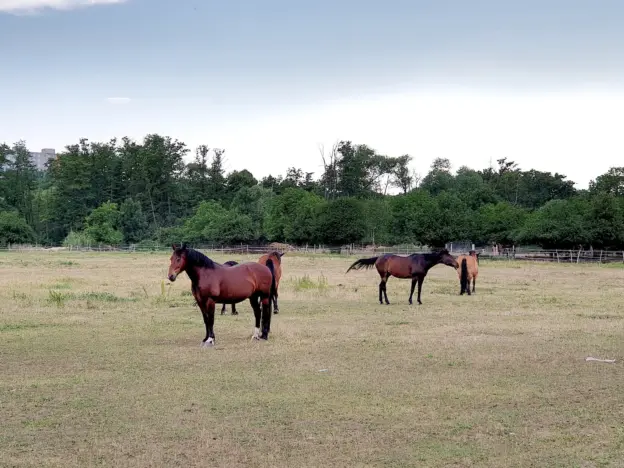
Also called Cesky Teplokrevnik, the Czech Warmblood is an all around animal with a great deal of versatility. They are a popular warmblood and often exported as riding horses to western European countries,
Read more
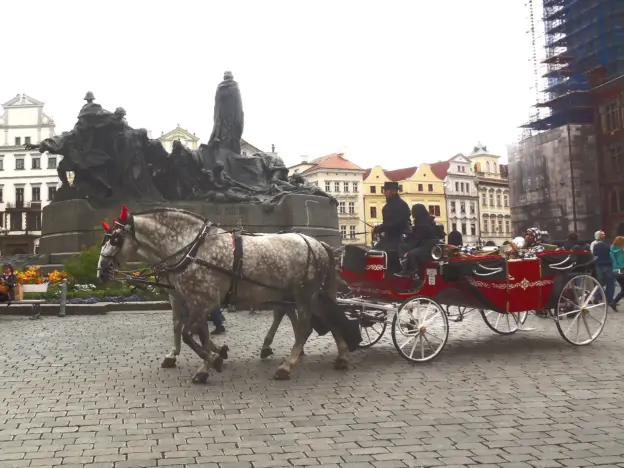
A relatively new breed, the Czech Colblood which we think is also the Ceskomoravsky Belgicky Kun is a robust draft type bred primarily for use in the forestry industry.
Read more
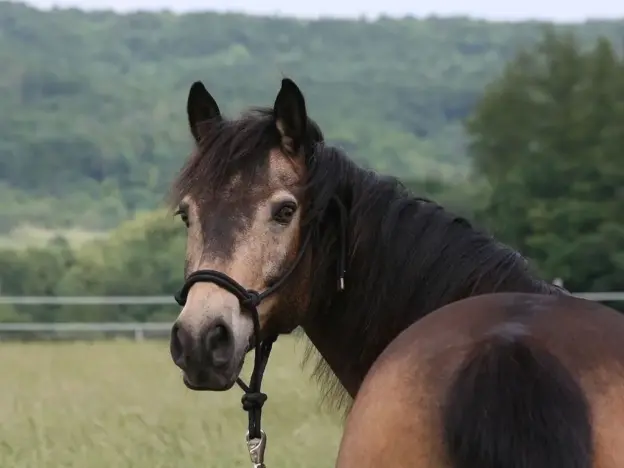
The Connemara Pony originates in the Connemara region of western Ireland, for which they are named. This area has an inhospitable landscape and scarce forage, shaping these hardy ponies into a tough, robust breed.
Read more